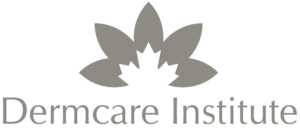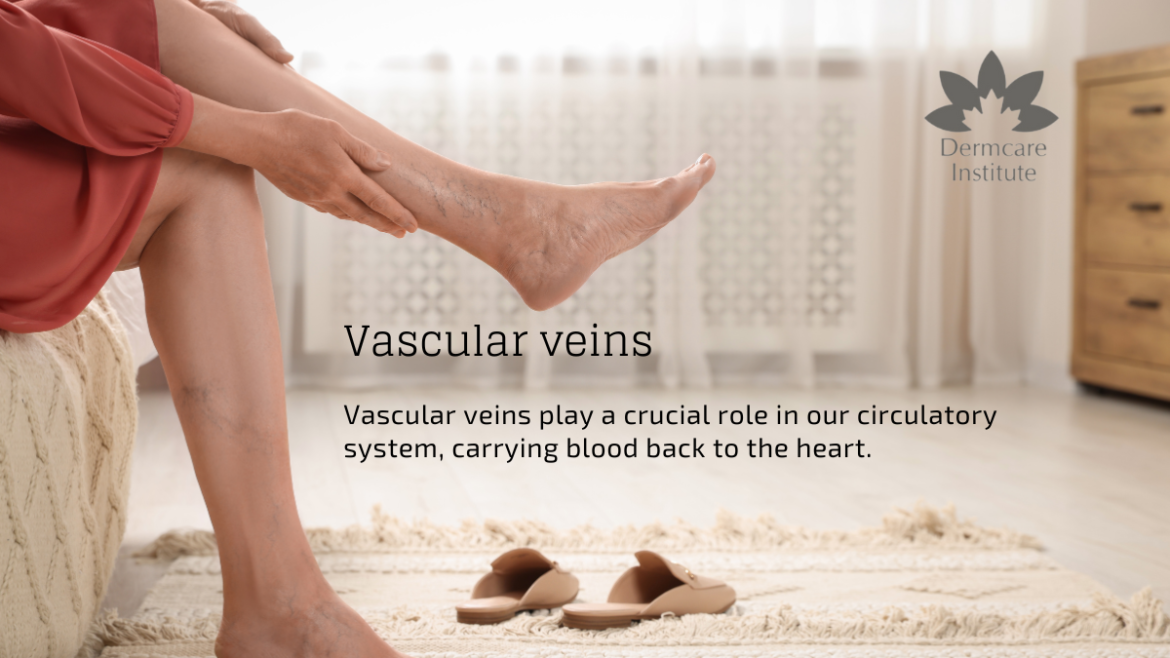Vascular veins play a crucial role in our circulatory system, carrying blood back to the heart. Understanding the differences between spider veins, varicose veins, and reticular veins is essential for proper diagnosis and treatment. This article delves into the intricacies of these veins, exploring their causes, symptoms, and available treatments.
I. What Are Vascular Veins?
Vascular veins are vital components of our circulatory system, ensuring the smooth flow of blood back to the heart. They are intricate networks of blood vessels that require special attention for maintaining overall vascular health.
II. Types of Vascular Veins
Spider Veins:
Spider veins, also known as telangiectasia, are small, dilated blood vessels near the surface of the skin. They often appear as thin, red, or blue lines resembling spider webs. Spider veins are caused by genetic factors, pregnancy, and prolonged periods of standing. Symptoms include visible spider-like veins, mild pain, and itching.
Varicose Veins:
Varicose veins are enlarged, twisted veins that typically appear blue or dark purple. They occur when the valves in the veins weaken, causing blood to pool in the veins. Common causes include hereditary factors, obesity, and prolonged standing. Symptoms include bulging, twisted veins, discomfort, and swelling.
Reticular Veins:
Reticular veins are bluish or green veins that are larger than spider veins but smaller than varicose veins. They are often associated with underlying venous insufficiency and hormonal changes. Symptoms include aching and swelling.
III. Diagnosis and Importance of Early Detection
Proper diagnosis through methods like physical examination, ultrasound, and venography is crucial. Early detection is vital in preventing complications and improving overall vascular health. Seeking medical advice promptly can make a significant difference in treatment outcomes.
IV. Treatment Options
Several treatment options are available, including sclerotherapy, laser therapy, radiofrequency closure, and surgery. Each option is tailored to specific vein types and individual patient needs. Consulting a vascular vein specialist is essential for determining the most suitable treatment approach.
V. Prevention Strategies
Adopting a healthy lifestyle is key to preventing vascular vein problems. Regular exercise, maintaining a healthy weight, and avoiding prolonged periods of standing or sitting can significantly reduce the risk. Prioritizing physical activity and overall well-being positively impacts vascular health.
VI. Seeking Professional Help
Knowing when to consult a vascular vein specialist is essential. Asking relevant questions during consultations ensures effective treatment planning. A qualified specialist can provide personalized advice and guide patients toward the most suitable treatment options.
VII. Living with Vascular Veins
Managing symptoms and discomfort is possible with coping strategies such as wearing compression stockings, practicing proper skincare, and making dietary changes. While vascular veins might present challenges, a combination of medical interventions and lifestyle adjustments can greatly improve quality of life.
Conclusion:
Understanding the nuances of spider veins, varicose veins, and reticular veins is essential for informed decision-making regarding diagnosis and treatment. By recognizing the causes, symptoms, and available treatments, individuals can take proactive steps to maintain their vascular health. Seeking professional guidance and adopting preventive measures empower individuals to live confidently with vascular veins, ensuring a healthier and more comfortable life.


